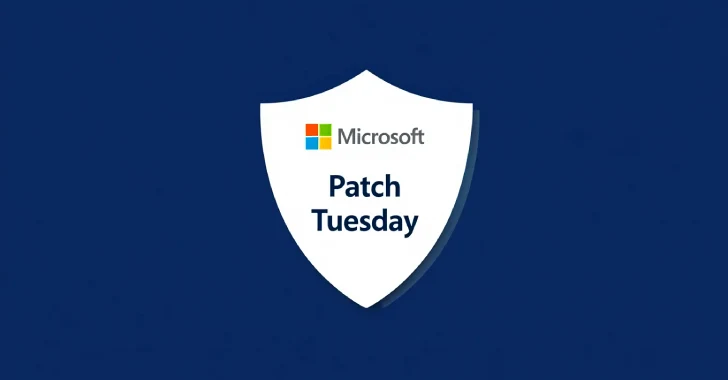In a recent development, Microsoft has rolled out security patches to address a substantial number of 125 vulnerabilities affecting its range of software products. Among these vulnerabilities, 11 have been classified as Critical, 112 as Important, and two as Low in severity. The vulnerabilities span across various categories, with 49 related to privilege escalation, 34 to remote code execution, 16 to information disclosure, and 14 to denial-of-service (DoS) bugs.
Notably, these updates come on the heels of the company’s patching of 22 flaws in its Chromium-based Edge browser since the last month’s Patch Tuesday update. One vulnerability highlighted by Microsoft as being actively exploited in the wild is an elevation of privilege (EoP) flaw affecting the Windows Common Log File System (CLFS) Driver (CVE-2025-29824), with a CVSS score of 7.8. This flaw, stemming from a use-after-free scenario, allows an authorized attacker to escalate privileges locally.
CVE-2025-29824 marks the sixth EoP vulnerability found in the same component since 2022 and has been exploited in the wild. Security experts warn that post-compromise activity after exploiting such vulnerabilities often involves acquiring necessary privileges to carry out further malicious activities on a compromised system, such as lateral movement. Elevation of privilege flaws in CLFS, in particular, have gained popularity among ransomware operators over the years.
The vulnerability in question enables attackers to elevate privileges to the SYSTEM level, granting them the ability to install malicious software, modify system settings, tamper with security features, access sensitive data, and maintain persistent access. Despite the active exploitation of this flaw by ransomware operators against a limited number of targets, Microsoft is yet to release a patch for Windows 10 32-bit or 64-bit systems, leaving a critical security gap in a significant portion of the Windows ecosystem.
Furthermore, other significant vulnerabilities addressed by Redmond in its latest round of patches include a security feature bypass flaw affecting Windows Kerberos (CVE-2025-29809), remote code execution flaws in Windows Remote Desktop Services (CVE-2025-27480, CVE-2025-27482), and Windows Lightweight Directory Access Protocol (CVE-2025-26663, CVE-2025-26670). Multiple Critical-severity remote code execution flaws in Microsoft Office and Excel were also patched, which could be exploited by a malicious actor using a specially crafted Excel document to gain full system control.
Despite the extensive patching efforts, some vulnerabilities are still awaiting patches for Windows 10. Microsoft has assured users that these updates will be released as soon as possible, with customers being notified of their availability through a revision to the CVE information. Additionally, various other software vendors have also released security updates to address vulnerabilities in their products in recent weeks.
In light of the evolving threat landscape, it is essential for organizations and individuals to remain vigilant, apply patches promptly, and implement robust security measures to safeguard against potential cyber threats. Stay tuned for further updates on cybersecurity developments and best practices.


